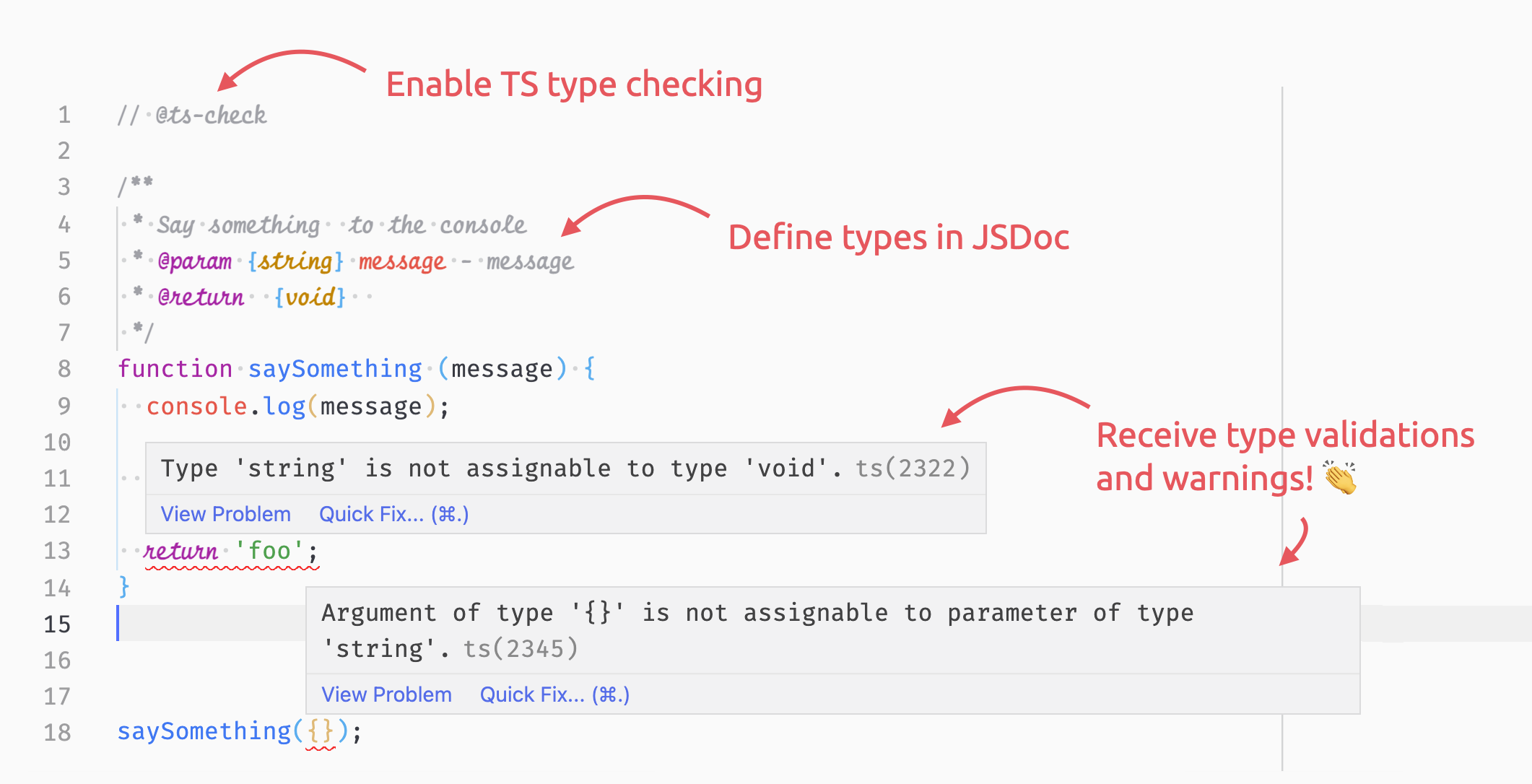Documenting JavaScript constructor functions can be tricky, especially when properties aren’t explicitly assigned using this. This often happens with immediately invoked function expressions (IIFEs) or when using techniques like dependency injection. This blog post will explore how to effectively use JSDoc to document these implicitly assigned properties, improving code clarity and maintainability. Understanding this is crucial for creating well-documented, easily understandable JavaScript codebases, making collaboration and future maintenance a breeze.
Documenting Implicitly Assigned Constructor Properties
JSDoc offers a powerful mechanism for documenting JavaScript code, enhancing readability and maintainability. However, when dealing with properties assigned within a constructor function without explicitly using this, the standard approaches might not suffice. This often arises when using factory functions or when properties are initialized through other methods within the constructor. The key is to leverage JSDoc’s @property tag effectively to ensure these implicit properties are correctly documented. Failure to do so can result in confusion for other developers working with your code and make it harder to understand how your objects are structured and initialized. Properly documenting these implicit properties is a crucial step toward creating highly maintainable and understandable JavaScript projects.
Using the @property Tag for Implicit Properties
The @property tag is your primary tool for documenting properties, regardless of how they are assigned. To document an implicitly assigned property, you simply use the @property tag within your JSDoc comment block, specifying the property’s name and type. The type specification is vital for ensuring that your documentation reflects the actual data type of the property. For example, if a property is assigned a function within the constructor, ensure the type is documented correctly as a function. Incorrect type documentation can be confusing for developers using your code, leading to potential errors. Using accurate types is especially important when integrating with static analysis tools or IDE features that rely on the JSDoc for type checking.
/ @class MyClass @property {string} name - The name of the instance. This is assigned implicitly. @property {number} id - A unique identifier. Also implicitly assigned. @property {function} processData - A function to handle data processing. / function MyClass() { // Implicit assignments this.name = generateName(); // Name is assigned through a function this.id = generateId(); // ID is generated by a separate function. this.processData = function(data){ /.../ }; // Function is created inline } function generateName() { return "Default Name"; } function generateId() { return Math.random(); } let myInstance = new MyClass();
Handling Complex Implicit Property Assignments
In scenarios involving more intricate logic for property assignment, ensure that your JSDoc comments accurately reflect the property’s final state. If the assignment is conditional, describe the conditions that determine the property’s value. If the property’s value relies on external factors (like configuration files or API responses), mention these dependencies clearly within your documentation. Providing such detailed information is crucial to avoid future confusion. It helps anyone working with the code understand the implications of those implicit assignments and the potential scenarios in which those properties may or may not be defined.
| Scenario | JSDoc Comment Example |
|---|---|
| Conditional Assignment | / @property {number|undefined} count - The item count; undefined if data is not loaded. / |
| Dependency Injection | / @property {Object} config - Configuration object; injected during instantiation. / |
Remember to always strive for clarity and precision in your JSDoc comments. The goal is to make it easy for anyone to understand your code’s behavior, regardless of how properties are assigned.
Improving Code Readability with Clear JSDoc
Well-written JSDoc is more than just documentation; it’s a crucial part of building maintainable and collaborative codebases. By meticulously documenting even implicitly assigned properties, you significantly improve the readability of your JavaScript code. This makes it easier for other developers (or even your future self) to understand the code’s purpose and function without needing to spend extra time dissecting the implementation details. Clear JSDoc is a cornerstone of good software engineering practices, leading to a more efficient and enjoyable development experience for everyone involved.
- Use consistent formatting.
- Provide concise, yet comprehensive descriptions.
- Include relevant examples.
“Good documentation is a sign of respect for your fellow developers.” - Unknown
Using these techniques, you can significantly improve the maintainability of your projects. By incorporating these best practices into your workflow, you make a substantial contribution to the overall quality of your code.
Learn more about advanced JSDoc features by visiting JSDoc’s official website. For additional guidance on improving code quality, check out Mozilla’s JavaScript documentation. Finally, consider exploring ESLint for static analysis of your JSDoc comments to catch potential inconsistencies or errors early in the development process.
Start documenting your implicitly assigned properties today! Your future self (and your colleagues) will thank you.
#1 How to create a constructor function and creating an object using it in

#2 VS Code supports JSDoc-powered type checking | Stefan Judis Web Development

#3 How to define Objects with type definitions in JSDoc comments - DEV

#4 Constructor in C++ | Destructor in C++ - TechVidvan

#5 JSDoc #JavaScript - Qiita

#6 Class10 ICSE JAVA Constructor Theory

#7 intellij idea - How to show JsDoc Quick Documentation for Javascript

#8 Primary Constructors with C# csharp.christiannagel.com
